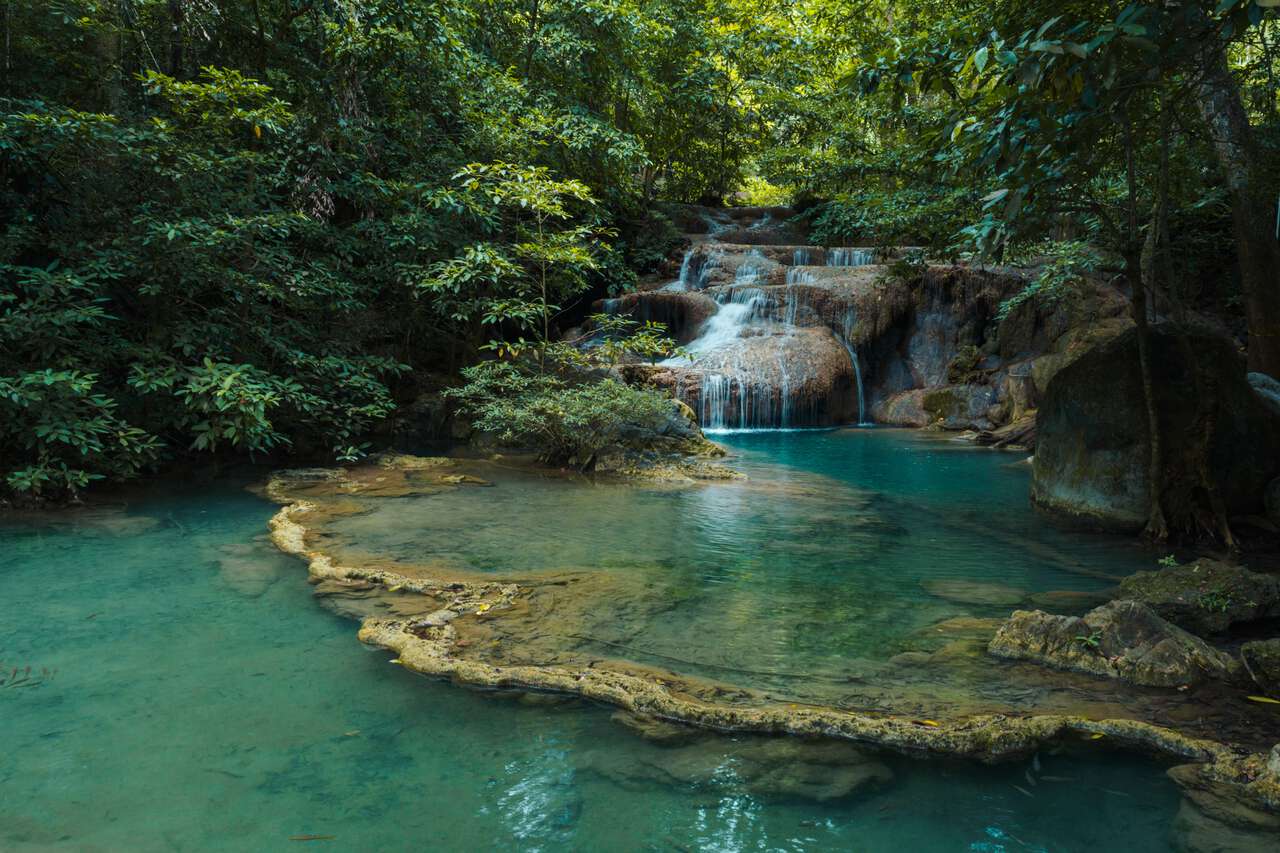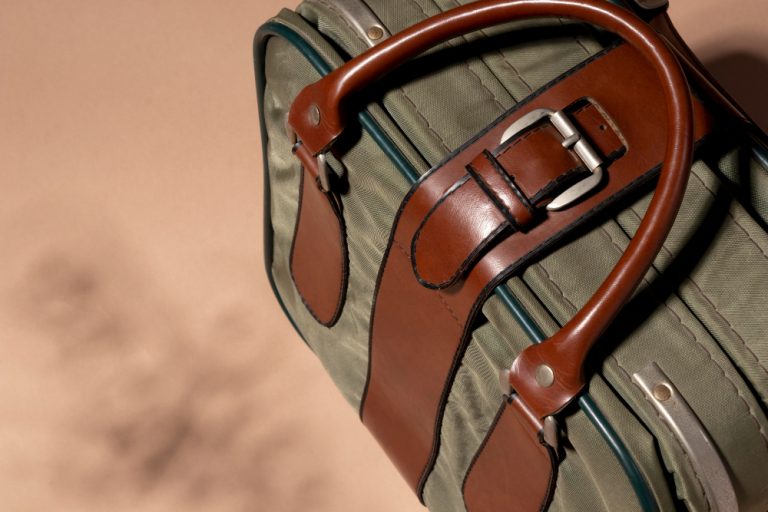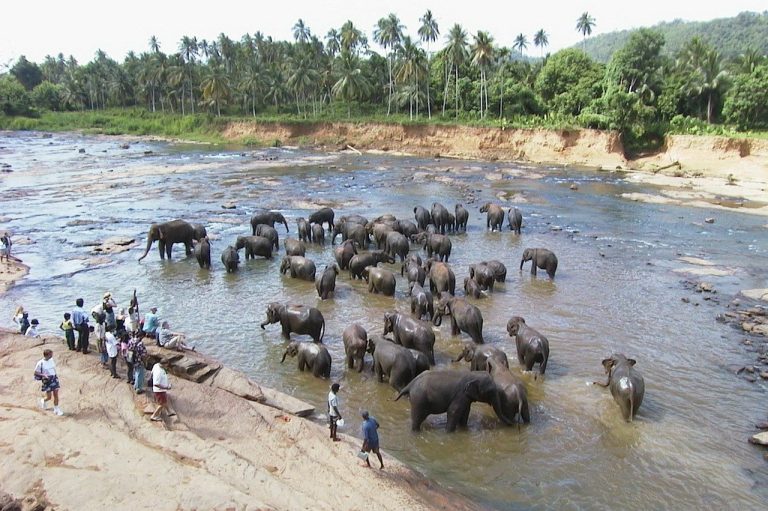Erawan Waterfall Kanchanaburi: Erawan Waterfall, nestled within the Erawan National Park in Kanchanaburi, Thailand, is one of the most stunning natural attractions in the country. Famous for its multitiered cascade and turquoise waters, it attracts thousands of tourists annually. Before embarking on your trip to this beautiful destination, there are a few things you need to know to make the most of your visit. From essential travel tips to key information about the park, here are 10 things you should know before you go.
Erawan Waterfall Kanchanaburi: Getting to Erawan Waterfall
Erawan Waterfall is located about 200 kilometers west of Bangkok, within the Erawan National Park in the Kanchanaburi province. You can reach the waterfall by several means of transport:
- By Car: The most convenient way is by renting a car. From Bangkok, the drive takes about 34 hours depending on traffic.
- By Bus: You can take a bus from Bangkok to Kanchanaburi (about 23 hours) and then another bus from Kanchanaburi to Erawan Waterfall (about 1.5 hours).
- By Train: A more scenic option is to take a train from Bangkok to Kanchanaburi, though it takes longer (around 34 hours) and is less frequent.
Whichever option you choose, be prepared for a bit of a journey, but rest assured that the destination is worth the effort.
Erawan Waterfall Kanchanaburi: Best Time to Visit Erawan Waterfall
While the waterfall is open yearround, the best time to visit is during the cooler months from November to February, when temperatures are more pleasant for hiking and outdoor activities. The rainy season (July to October) can also be a good time because the waterfall will be more powerful and the pools fuller. However, heavy rains can sometimes make the trails slippery, so proceed with caution.
Avoid visiting during the hottest months (March to June), as the intense heat can make hiking the trails uncomfortable, and the water flow tends to be lower.
Entrance Fees and Operating Hours
Erawan National Park charges an entrance fee to visitors:
- Foreigners: 300 Baht (around $9 USD)
- Thai nationals: 100 Baht (around $3 USD)
- Children: 200 Baht for foreigners, 50 Baht for Thai children
The park opens from 8:00 AM to 4:30 PM daily. It’s best to arrive early to avoid the crowds and have enough time to explore all seven tiers of the waterfall.
The Seven Tiers of Erawan Waterfall
One of the highlights of Erawan Waterfall is that it has seven distinct tiers, each offering unique scenic views, pools, and swimming areas:
- Tier 1: Lai Kuen Rung – A beautiful spot with a shallow pool.
- Tier 2: Wang Mat Cha – A popular area where fish swim with you.
- Tier 3: Pha Nam Tok – Features a small but powerful cascade.
- Tier 4: Oke Nang Phee Sue – Known for its emerald green pool.
- Tier 5: Bue Mai Long – A quieter spot with lush surroundings.
- Tier 6: Dong Pruk Sa – A peaceful tier with less foot traffic.
- Tier 7: Phu Pha Erawan – The final and most impressive tier, resembling the three headed Erawan Elephant, after which the waterfall is named.
Hiking to the top takes about 23 hours, depending on your pace, and offers breathtaking views at each tier.
Hiking Trails and Fitness Level
The hike up to the seventh tier is about 1.5 kilometers long and gradually becomes more challenging. While the first few tiers are accessible via relatively easy and paved paths, the higher you go, the steeper and rockier the trail becomes. There are ropes to help you navigate some of the more difficult sections, but a basic level of fitness is required to reach the top.
If you’re not confident in your hiking abilities, you can enjoy the lower tiers, which are easier to access and still incredibly beautiful.
What to Wear and Pack
When visiting Erawan Waterfall, it’s important to dress comfortably and be prepared for a day of hiking and swimming. Here’s a checklist of essentials:
- Sturdy shoes: Wear shoes with good grip, especially for the hike to the higher tiers.
- Swimsuit: Don’t forget your swimsuit, as swimming in the cool, crystal clear pools is one of the highlights.
- Towel: Bring a quick dry towel to dry off after your swim.
- Change of clothes: If you plan to swim, pack a change of dry clothes.
- Water: Stay hydrated during the hike. There are some small vendors at the lower tiers, but it’s best to bring your own water.
- Snacks: Bring light snacks, but remember that food is not allowed past the second tier to keep the park clean.
Swimming in the Pools
The pools at Erawan Waterfall are known for their stunning turquoise color and clear waters, making them perfect for swimming. However, there are a few things to keep in mind:
- Fish in the water: Many of the pools are home to small fish that will give you a “fish spa” experience by nibbling on your dead skin. While harmless, it can be surprising for first time visitors.
- Swim with caution: Some pools have slippery rocks and can be deeper than they appear. Always exercise caution and avoid swimming near the edges of the falls where the current may be stronger.
Erawan Waterfall Kanchanaburi: Wildlife and Nature
Erawan National Park is not just about waterfalls – it’s a haven for wildlife and nature enthusiasts. As you hike, you may encounter various animals and birds, including monkeys, hornbills, and butterflies. Be respectful of the wildlife and keep your distance, especially from the monkeys, which can be aggressive if provoked or if they see food.
You can also take guided nature walks to learn more about the park’s diverse flora and fauna.
Facilities at the Park
Erawan National Park offers basic amenities for visitors:
- Restrooms: Available at the park entrance and at a few tiers along the trail.
- Lockers: There are lockers at the entrance where you can store your belongings if you don’t want to carry them during the hike.
- Cafes and Vendors: Near the entrance, you’ll find food stalls selling snacks, drinks, and Thai meals. However, food is not allowed beyond the second tier to avoid littering.
For those who want to extend their stay, there are also camping grounds and bungalows available for rent.
Responsible Tourism: Leave No Trace
Erawan Waterfall is one of Thailand’s natural treasures, and it’s essential to practice responsible tourism to keep the environment pristine for future visitors. Here are a few key practices:
- Take your trash with you: Always dispose of trash properly. Littering is strictly prohibited in the park.
- Respect wildlife: Do not feed or disturb the animals.
- Follow the rules: Obey signs and park regulations, including areas where swimming is not permitted.
By adhering to these principles, you help protect the park’s natural beauty and biodiversity.
Conclusion
Erawan Waterfall Kanchanaburi is a magical destination that offers the perfect combination of adventure, relaxation, and natural beauty. With its seven tiered waterfall, crystal clear pools, and lush surroundings, it’s no wonder this park is a favorite among locals and tourists alike. Whether you’re an avid hiker or simply looking to enjoy a day in nature, Erawan Waterfall has something for everyone.
With proper planning, a visit to Erawan Waterfall will be a memorable and refreshing experience. Make sure to follow the tips above to ensure a safe and enjoyable trip, and don’t forget to take in the breathtaking beauty of one of Thailand’s most iconic natural landmarks.
FAQs
1. Can I camp overnight at Erawan National Park?
Yes, there are camping grounds and bungalows available for rent if you want to stay overnight. Make sure to book in advance, especially during peak seasons.
2. How long does it take to hike to the top of Erawan Waterfall?
It takes about 23 hours to hike to the seventh tier, depending on your pace and fitness level.
3. Are there any restaurants in the park?
There are small food vendors and cafes near the entrance, but food is not allowed beyond the second tier of the waterfall to prevent littering.
4. What should I wear to Erawan Waterfall?
Wear comfortable hiking shoes, light clothing, and bring a swimsuit if you plan to swim in the pools. Don’t forget to pack a towel and water.
5. Is there an entrance fee to visit Erawan Waterfall?
Yes, the entrance fee is 300 Baht for foreigners and 100 Baht for Thai nationals. Children have a reduced rate.
Also read: Dambulla, Sri Lanka: 10 Highlights of the Famous Cave Temples




Leave a Comment